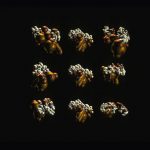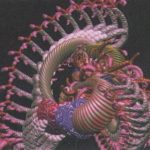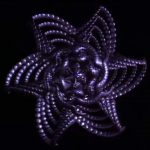“Coiled Form No. I” by William Latham
Title:
Artist(s) and People Involved:
Exhibiting Artist(s):
Symposium:
Artist Statement:
William Latham is currencly a Research Fellow at the IBM UK Centre in Winchester, England where he is exploring the application of Computer Graphics solid modelling to design “Computer Sculptures”. The purpose of William’s work is to create sculptural forms which are arguably beyond the human imagination.
Many of these sculptures are highly complex and would be extremely difficult, if not impossible, to create using conventional sculpting techniques. As a result of using ESME and Winsom Solid Modelling software and writing sculpture “evolving” programs the imagination of the sculptor is allowed greater freedom to explore and create 3D complex forms which previously had not been accessible.
Recent work has involved writing a form generation program called the “horn” function in the ESME language. To create a form the function is seeded with a sequence of parameters about the same length as a telephone number this then creates a complex form which may be displayed and rotated in real time in vector form. By changing the parameters in the sequence, the form is modified. by adding more parameters the form is “evolved” into a more complex state.
The task of the artist is therefore to supply the sequence of parameters and decide whether they like the result. If the result is to be found visually pleasing the data is sent to the Winsom Solid Modeller where a solid form is created. This then is made to look photo-realistic using techniques such as raytracing, 3D texturing, multiple light sources and blending. The types of forms that may be created using this method vary from forms that look like ammonites, to antlers, shells and eggs. There appears to be no limit to the wealth of forms that can be created using this method.
The graphics software has been written by a number of people, but primarily Peter Quarendon, Stephen Todd and Alan Halbert. Additional algorithms and theoretic models supplied by John Woodwark. Other people involved in software development include Andy Walter, Neil Gaitan and Brian Collins.


